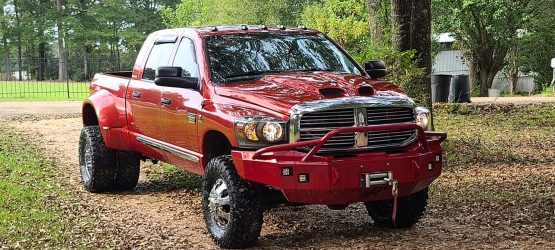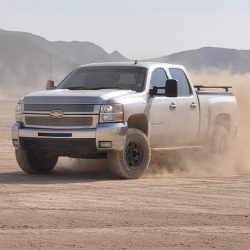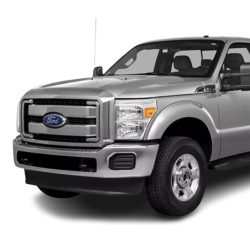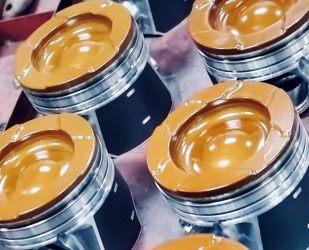Upgrading Your Diesel’s Turbo
Are you a diesel owner that’s fed up with your turbo lag? You’re not alone. The turbo lag that comes with using the factory turbo can hurt your take-off and, ultimately, your fuel economy.
At Choate Engineering Performance, we use only the highest-quality materials (and that’s why our turbochargers last so long) to give you peace of mind regarding your investment. For more information about our products and services, call us at (901) 553 – 9847 or drop your message here.
Luckily, an easy way to fix that lag is by upgrading your turbocharger. Read on to learn more about how it can give you the power of a big truck.
What is a turbocharger?
A turbocharger is a device that uses the power of exhaust gas to drive a turbine and compress air. It compresses the air, which then forces the fuel into the engine.
The more fuel you can force into an engine, the more power it produces. That’s why it’s one of the most popular engine upgrades.
The compressor that works with this system is called a turbocharger because it uses kinetic energy (energy of motion) to compress air.
How does a Turbocharger work?
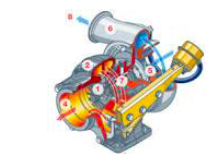
What are the parts components of turbo?
- The turbine wheel.
- The turbine housing.
- Exhaust gas.
- Exhaust outlet area.
- The compressor wheel.
- The compressor housing.
- Forged steel shaft.
- Compressed air.
It’s best to understand its inner workings by knowing its important parts. A turbocharger has three main components: the compressor, turbine, and exhaust manifold.
Exhaust gases from your engine drive the compressor. It then compresses incoming air into a smaller area to burn it more efficiently.
The turbine is connected to the compressor and drives it by expanding exhaust gases through its blades. Finally, the exhaust manifold connects the turbine to your engine’s exhaust system.
The more speed your engine produces, the faster the blades can spin and the more air they can move. That causes more oxygen to be pulled into your engine, which means you get more horsepower!
So what happens when you go over a hill? You lose some power because there’s less oxygen available.
But with a turbocharger, when you go over that hill, it won’t matter. Your engine will have all the power it needs!
Why upgrade?
If you are planning to upgrade your diesel turbo, there are several reasons to do so. Some of the most common reasons are listed below.
- Better performance: With a new turbocharger system, you can expect an increase in power and torque.
- Increased fuel efficiency: A new turbocharger may lead to lower fuel consumption rates thanks to increased horsepower and torque.
- Improved reliability/durability: The better the compressor wheel is, the longer it will last before having to be replaced.
- Less wear and tear: Since more air is being compressed into the cylinders during each stroke, less heat will also build up inside them. That means less wear and tear on other components like pistons or cylinder heads!
How to pick the right turbocharger?
When you’re looking for a new turbocharger, there are some questions you need to ask yourself. The first question is: How big should it be?
There are many different sizes available. Each one will produce a different amount of horsepower.
The next question is: What style of turbocharger do you want? A ball bearing or journal bearing design will provide more horsepower at lower RPMs than the other type, but they cost more and have shorter life spans.
If performance is important to you and money isn’t an issue, then get yourself a journal-bearing system. Otherwise, stick with ball bearings.
You also need to consider how much fuel economy you care about. The smaller the compressor housing size (the metal part where air enters), the less power output can be achieved from each revolution.
It’s due partly to its increased resistance against incoming airflow throughout its length. Thus, there’s an increased exhaust gas temperature during operation and reduced thermal efficiency.
Conclusion
So, what do you think? Are you ready to upgrade your diesel turbo? If so, then you’ve come to the right place!
We have everything you need to get started today: from turbochargers and kits to professional installation guides. You may reach us at (901) 553 – 9847 or drop your message here.

